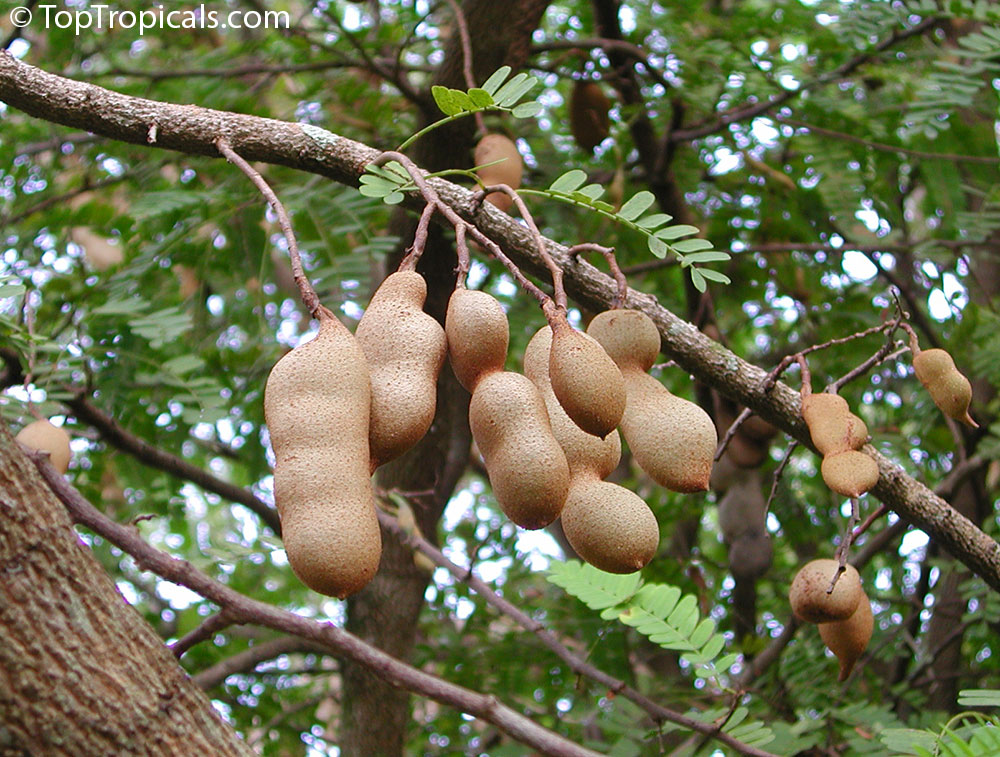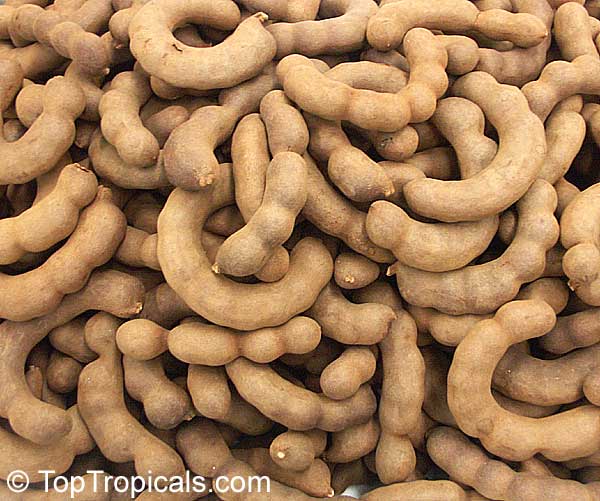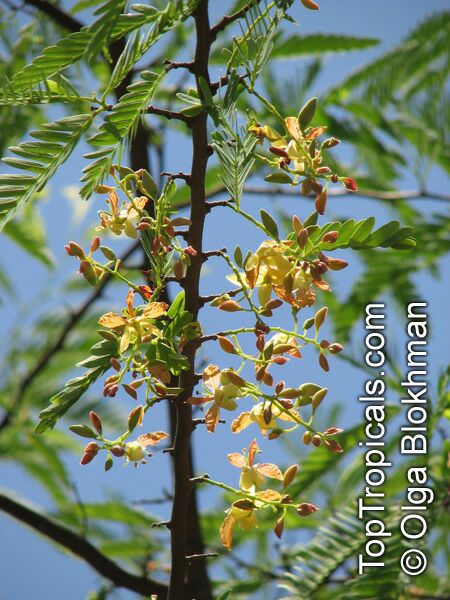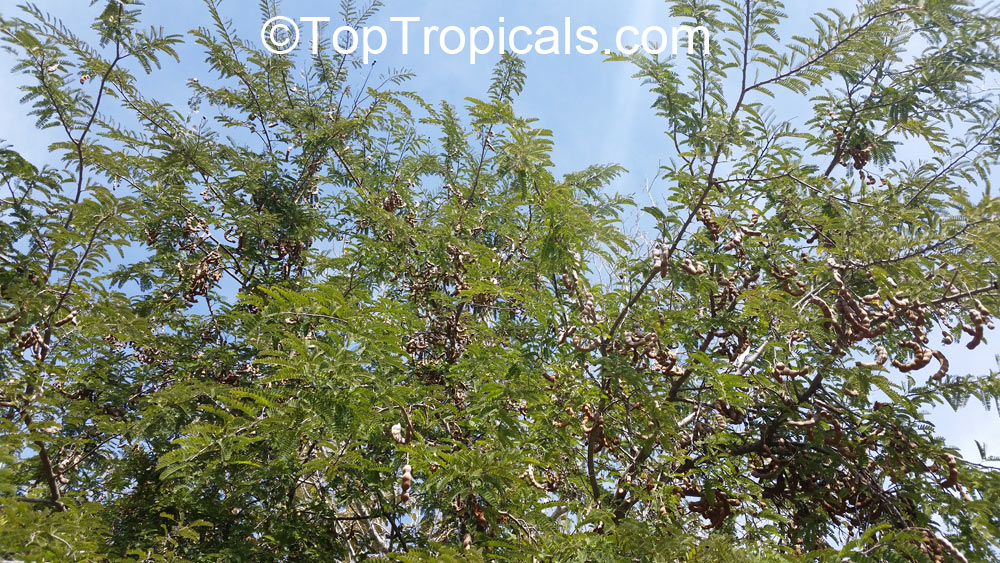The Wonderful World of Tamarind: From Planting to Plating

Tamarind (Tamarindus indica) is a tropical tree that is highly appreciated for its ornamental beauty, delightful shade, and soft texture. Originating from tropical Africa and now widely distributed throughout the tropics, the tamarind tree is prized for its versatile fruits and numerous health benefits. This article will explore the tree's description, planting, and growing in warm climates, as well as its cultivation in pots and indoors. We will also discuss tamarind bonsai care, the tree's food and health values, and how to use tamarind in various recipes. Lastly, we'll delve into why you should consider growing your own tamarind tree.

1. Tamarind Tree Description
The tamarind tree belongs to the Fabaceae (or Leguminosae) family and in perfect conditions can reach heights of 80 to 100 feet. Its foliage is evergreen and consists of bright green, pinnately compound leaves that create a beautiful canopy. The tree produces small, yellow flowers with red veins, which later develop into bean-like, irregularly curved pods. These pods can range from 2 to 7 inches in length and contain a juicy, acidulous pulp that turns brown or reddish-brown upon maturity. The seeds, enclosed in a parchment-like membrane, are hard, glossy-brown, and squarish in form.

2. Planting and Growing Tamarind in Warm Climates
Tamarind thrives in warm climates and is well-adapted to regions within its hardiness range. Although the tree can tolerate alkaline soil, it prefers well-draining, deep alluvial soil, rocky land, or porous, oolitic limestone. When planting tamarind, it's essential to provide ample space for root expansion and maintain a distance of at least three feet from sidewalks and curbs to ensure proper root development.
Young trees should be protected from cold, but older trees exhibit surprising hardiness. In areas with frequent rainfall, it's crucial to ensure proper drainage, as excessive moisture can hamper fruit development. Pruning is necessary when the tree is young to promote a strong central trunk and prevent the formation of multiple trunks with included bark.

3. Growing Tamarind in Pots and Indoors
For those living in colder climates or lacking outdoor space, tamarind can be grown in pots and indoors. Select a large, well-draining container and use a well-aerated potting mix, ideally one that retains moisture but also allows for good drainage. Position the container in a sunny spot, preferably near a south-facing window, and maintain a consistent temperature of at least 65°F.
Regular watering is essential for potted tamarind trees, but avoid over-watering as this can lead to root rot. To encourage healthy growth, apply a balanced, slow-release fertilizer during the growing season. Prune the tree annually to maintain a manageable size and promote bushiness.

4. Tamarind Bonsai Care
Tamarind trees can be trained into beautiful bonsai specimens. To create a tamarind bonsai, select a young tree or seedling and transplant it into a shallow bonsai container filled with well-draining soil. Prune the roots and branches to encourage a compact, well-balanced form, and wire the branches to shape the tree as desired.
Regular watering is crucial for bonsai trees, but it's important not to over-water. Fertilize the tree with a balanced, slow-release fertilizer during the growing season, and maintain consistent temperature and humidity levels. Prune and wire the tree as needed to maintain its shape and size.

5. Tamarind's Food and Health Values
Tamarind is a highly valued culinary ingredient, with its tangy and sweet-sour flavor profile making it a popular addition to many dishes. It is frequently used in South Asian, Latin American, Caribbean, and African cuisines to add a touch of acidity and sweetness. Tamarind paste, made from the fruit's pulp, is a key ingredient in Worcestershire sauce, tamarind chutney, and many curry dishes. The seeds, when roasted and ground, can be used as a coffee substitute or as a thickening agent in sauces and stews.
In addition to its culinary versatility, tamarind boasts an array of health benefits. It is rich in vitamins B1, B2, B3, B5, B6, and C, as well as minerals such as calcium, iron, magnesium, phosphorus, potassium, sodium, and zinc. Tamarind is a natural antioxidant, which helps protect the body from cellular damage caused by free radicals. Its dietary fiber content aids digestion and contributes to healthy bowel movements, while its potassium content helps regulate blood pressure and support healthy heart function.
Furthermore, tamarind contains compounds that exhibit anti-inflammatory, antimicrobial, and antiviral properties, making it an effective natural remedy for various ailments. The fruit has been used in traditional medicine to treat conditions such as fever, digestive disorders, and respiratory issues. Research suggests that tamarind may also have potential benefits in managing diabetes, as it has been shown to help lower blood sugar levels in animal studies.

